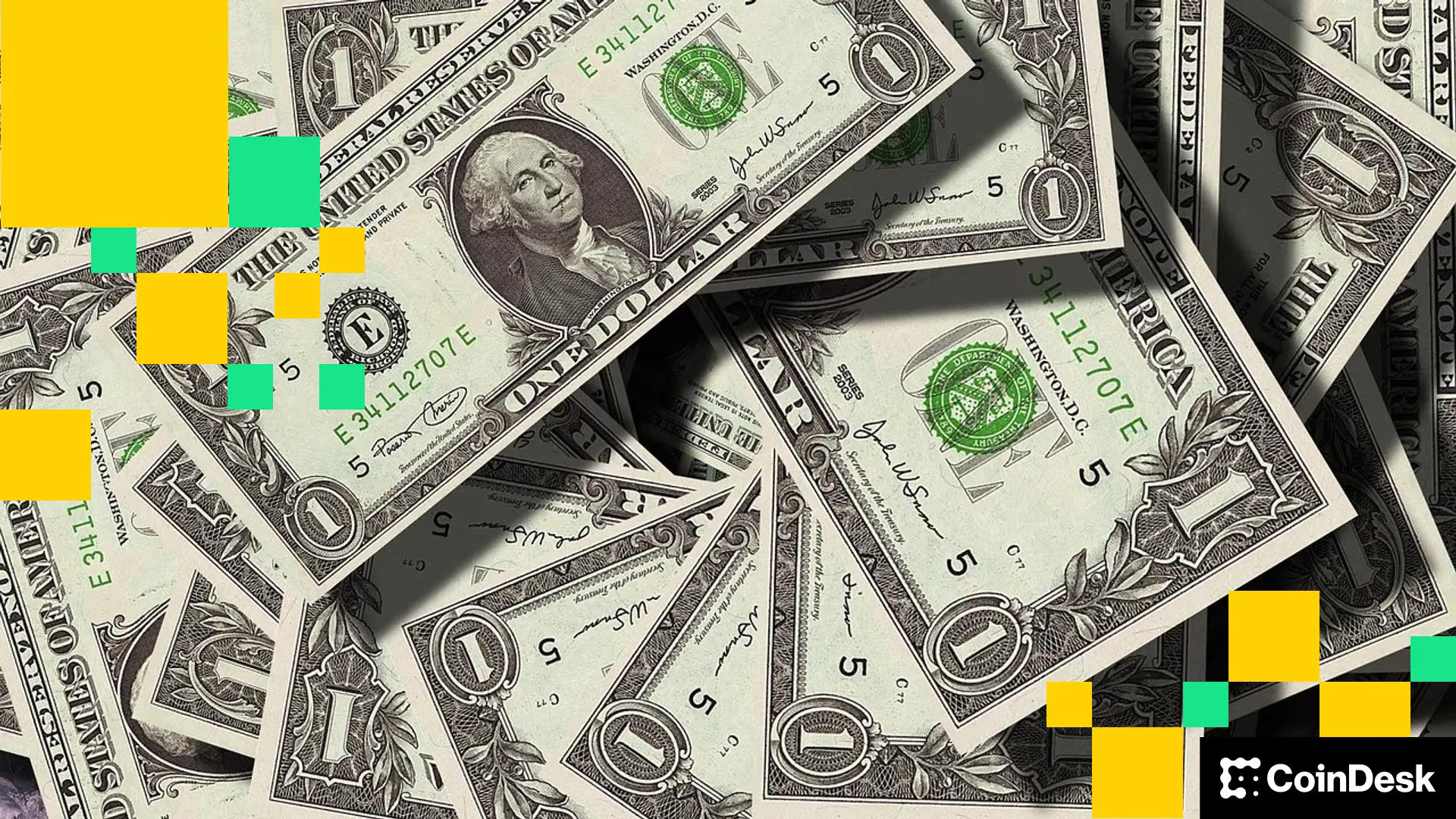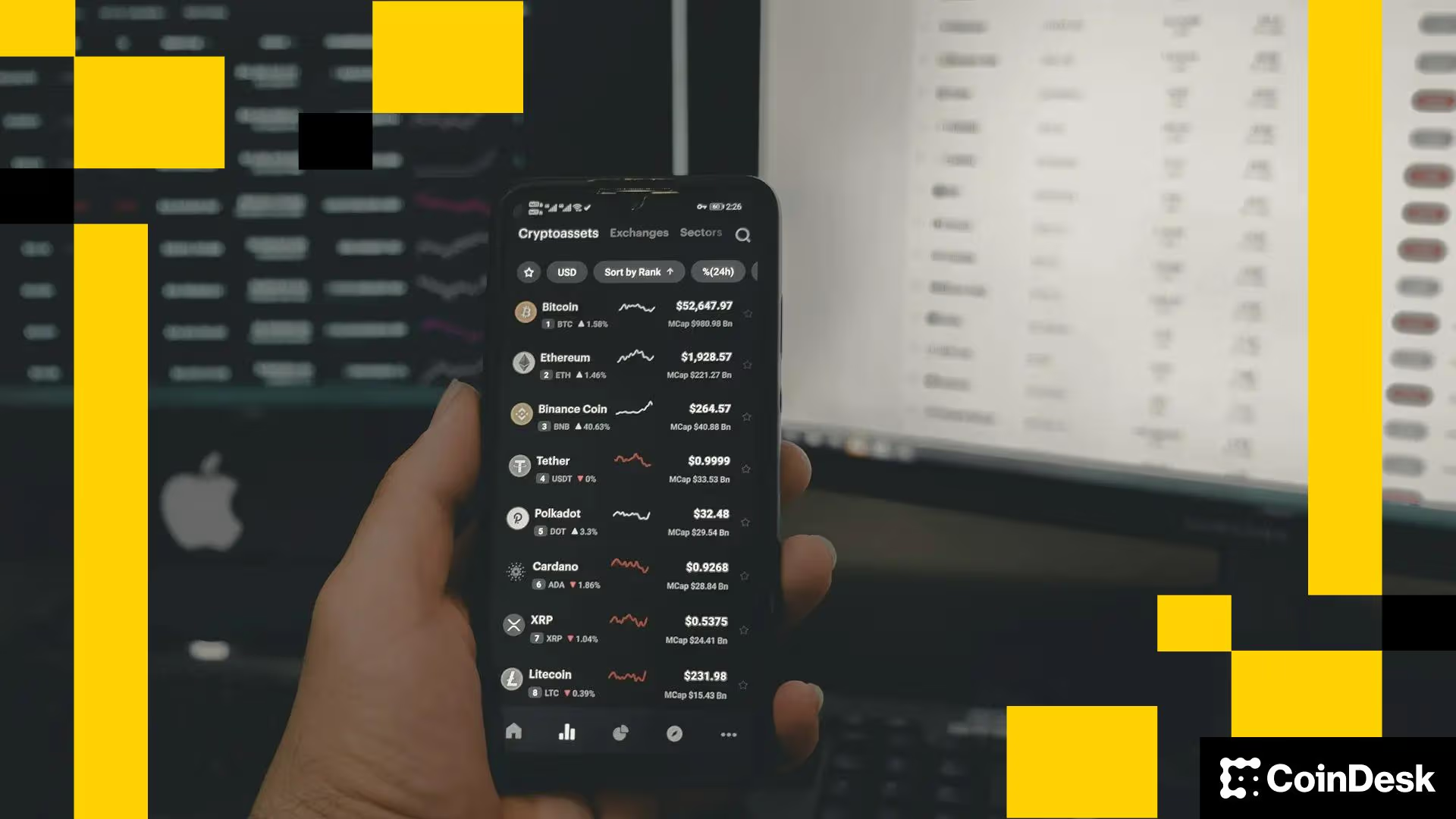The Fourth Halving
The fourth Bitcoin Halving has occurred, leading to a 50% reduction in supply inflation and an inherent increase in issuance scarcity. In this edition, we explore the evolution of the Bitcoin network across Epochs with respect to price performance, and fundamental network metrics.
CoinShares Mining Report Update: Our Insights at the 2024 Halving
Published to coincide with the 2024 Bitcoin halving, this research article aims to update and inform investors about the risks and opportunities facing the Bitcoin mining industry. Recently, we updated our data primarily based on the Q4 2023 reported figures. We have found that the average production cost per Bitcoin among listed mining companies is now approximately US$53,000.
Bitcoin’s 4th Halving
Significance of the bitcoin halving, impact on miner economics and BTC price








